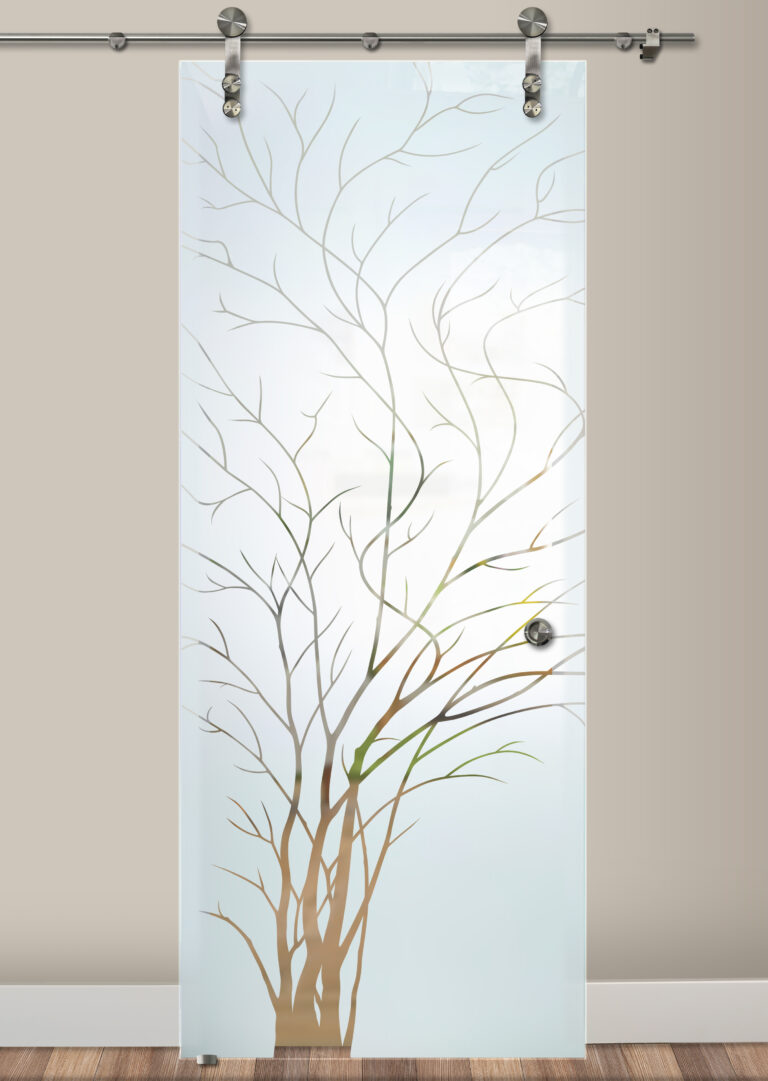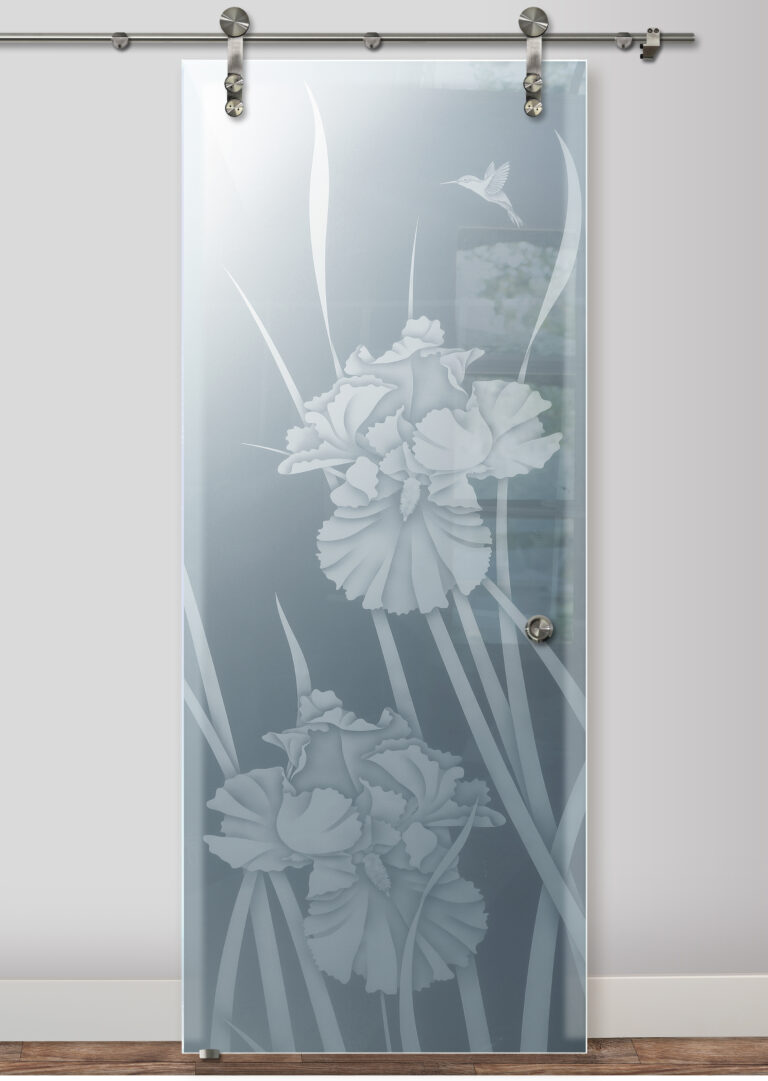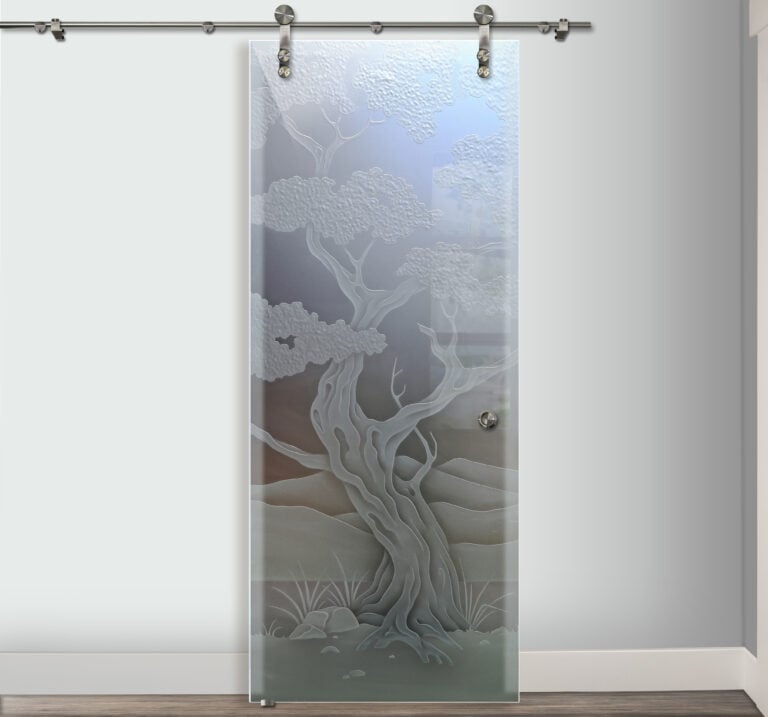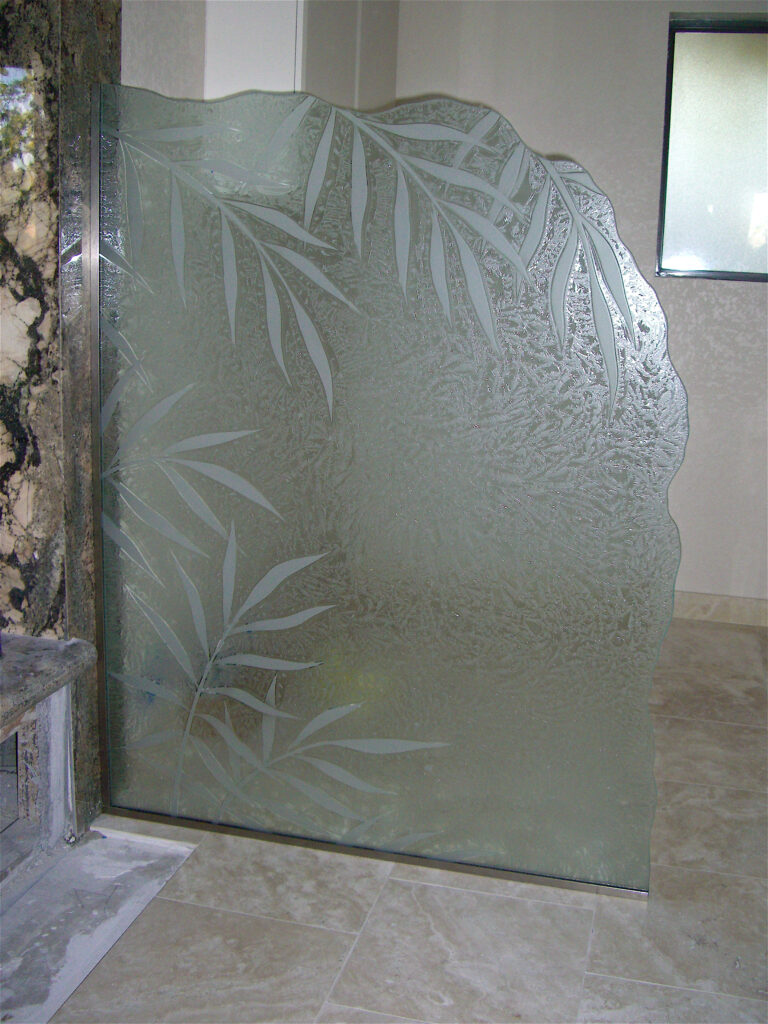A Guide to Sans Soucie Glass Types
Glass is one of the most versatile materials used in retail today due to its many optical and protective properties. From wine glasses to decorative windows, glass is used on all market spectrums because of its strength and sophistication. Nearly all of Sans Soucie types of glass fall into one of four categories. These categories have differing structures, textures, and other differentiations in the glass which ultimately determine final product transparency, climate control, and appearance. Before discussing these contrasting characteristics, here’s some context.
The Origin of Glass
This widespread amorphous solid has been around since the Stone Age. Found naturally-occurring in volcanoes, the ancient Romans flattened glass to engineer tools, weapons, and windows of their time. Neither completely transparent or evenly cooled, these early glass rolling techniques got the job done. Specialized glass variations such as Tempered and Laminated Glass were later discovered in the 20th century, reinventing its many functions. As technology has advanced, glass has broadened to almost every industry from automotive to retail window-shopping today.
What Are the Types of Glass and Their Uses
1D: Frosted

This is the traditional Sans Soucie glass, featuring Frosted Glass and etched designs using professional sandblasting on the glass surface. Engineering one-dimensional glass diffuses sunlight glare while creating a beautifully white-frosted design element that tells a unique story. Many of our designs are custom made to your preference, so frosted 1D glass elements are an affordable way to turn heads without breaking budgets. Sans Soucie Acid Etched is an example of surface-level engineering to create a decorative and frosted finish to all or certain parts of the glass. This technique works wonders for entryways, but stands amongst your most popular shower and pantry doors.
2D: Etched Dimension

Two-dimensional glasswork takes your story-telling to the next level with shaded elements. These designs are not cut deep like 3D glass, but rather etched into the surface for added dimension. Similar to one-dimensional glass, two-dimensional designs diffuse light coming in while minimizing its glare. This makes for a dually aesthetically pleasing and functioning glass window or door in any room, entryway, or possible sunroom. Different techniques can be used to achieve this decorative look, such as Laser Etched Glass to provide crisp designs.
3D: Carved Edges

Being that three-dimensional glass is our most popular work, you cannot go wrong with any design chosen. The patterns are carved layer upon layer with a unique sandblasting technique until the desired texture is sculpted. By exposing varying depths in the glass, design elements are much more detailed appearing as if the image is floating three-dimensionally. Based on desired obscurity and type of sandblasting done, 3D carving can include visually frosted or clear finishes deep within the glass. Carved Glass is a Sans Soucie example of how 3D elements can bounce light off of the cut edges to visually elevate the art. Beveled and Reeded Glass are two other Sans Soucie ways to achieve detail-oriented elements. Enjoy three-dimensional glasswork on almost any of your doors, specifically the laundry and pantry room.
Painted or Stained
If additional character and color is desired, don’t worry, we have a way to add these custom made to order. Through a series of glass dyes used in Painted Glass, elements can be airbrushed in either solid or translucent, matte or metallic. For a Stained Glass effect, glass pieces are combined with lead channels in a framework known as Leaded Glass. Feature these in any focalpoint window or entryway door. These pictorial designs are then filled with metallic oxides in a complex fusing process. Leave the creative undertaking to us; merely enjoy your elegant timepiece made precisely to your liking.
Contrasting Properties of the Different Types of Glass
Privacy

From a classic one-dimensional to stained three-dimensional glasswork, copybook transparency is in the eye of the beholder. Sans Soucie offers every level on the spectrum from private to not private because of the various glass tastes and functions. All of the types of glass listed above consist of a sandblasted interior surface that creates privacy without blocking out light in either a clear, frosted, or glue chipped finish. Glue Chipped Glass and Frosted Glass are two methods that Sans Soucie specializes in using acid, abrasives, chemicals, ceramic inks, and adhesive applications to “frost” or blur the glass clarity using texture. In contrast, acceptance of full sunlight and transparency can result in a clear finish perfect for extended-living kitchen windows.
Energy-Efficiency
Not only does Sans Soucie glass allow diffused sunlight in, but it keeps harsh external elements out to create a more energy-efficient home. In homes with Annealed Glass windows, heat is transmitted easier which, in turn, requires the air conditioner to work overtime. Tempered Glass varieties include a dual-pane makeup containing 2-1/8” tempered glass layers with a 5/16” spacer in between. This style of glass is five times stronger than standard Annealed Glass and is required in many exterior glass projects like patio doors and external windows for climate control. High-quality coatings and insulation layers can ensure zero heat lost or gained. Laminated Glass is another example of multi-layer glass adhered to layers of plastic, creating both a sound-proof and energy-proof surface.
Aesthetics
Another difference between Sans Soucie glass types is the overall aesthetic and light-capturing ability of the detailing. The level of texture achieved in the glass determines the way your eye visualizes the art dancing across the room. Three-dimensional glass will float as if the designs are animate objects, whereas one-dimensional glass will look flat like a beautiful mural. Color may enhance the detailing, and background texture may be physically and visually enhanced by using Sans Soucie Seeded or Glue Chipped Glass. Consequently, surfaces may be smooth or course to the touch depending on which glass dimensions are achieved.
How to Determine Which Types of Glass Are Right for You
With widespread practical, technological, and ornamental uses, glass is used in almost every industry today. Deciding which types of glass are right for your project takes reflection on the specific functions and desired styles. Visit our Reviews Page to see how Sans Soucie has put four-and-a-half decades worth of glass experience to use in satisfying clients with beautifully detailed glasswork. Use our easy to navigate Glass and Door Designer on all of our Product Pages to start creating your masterpiece today.